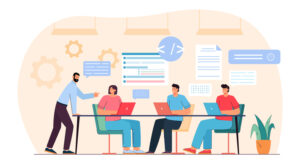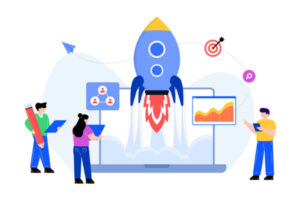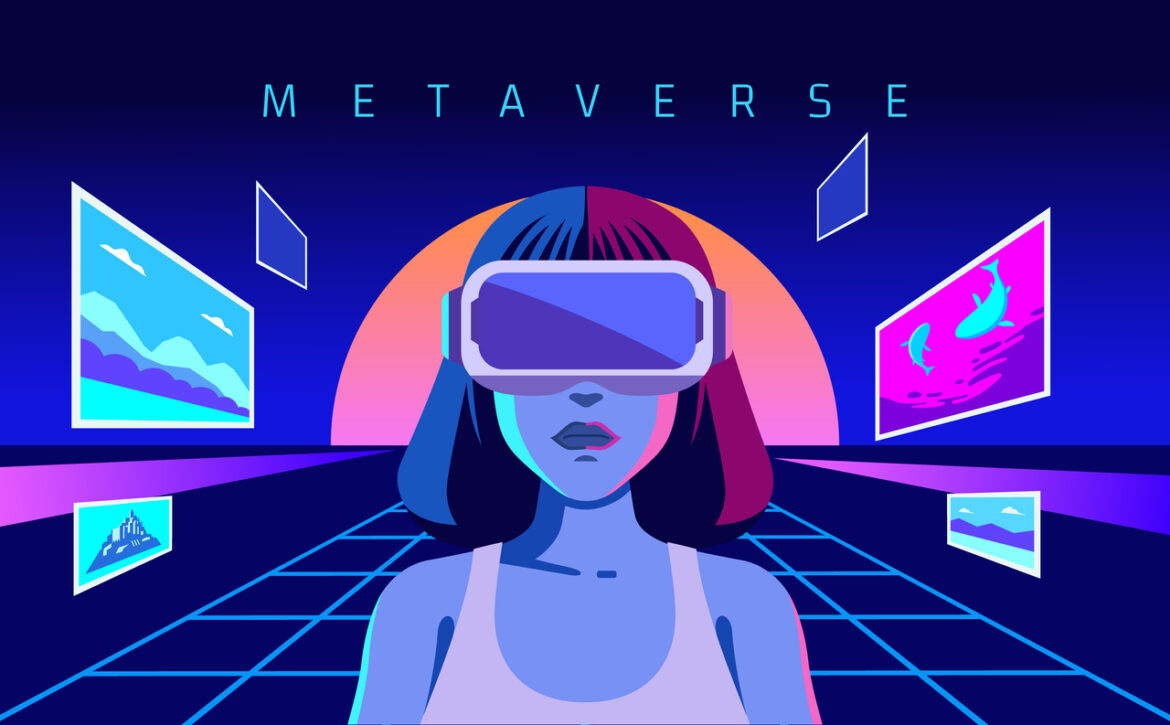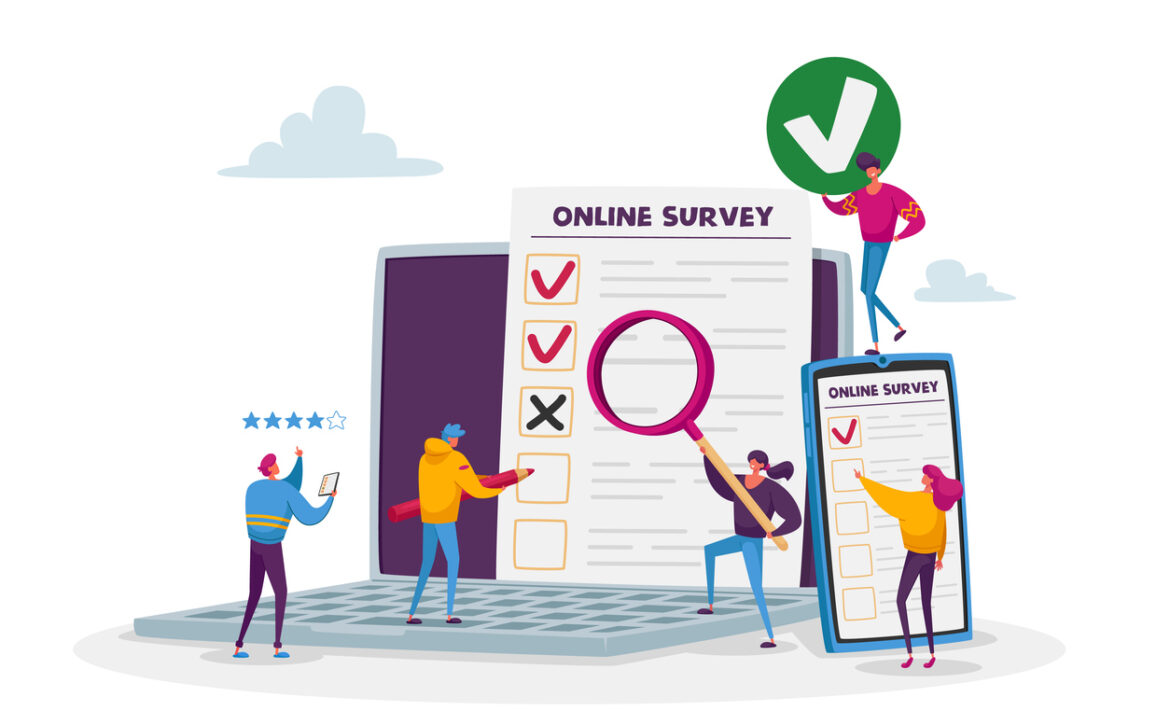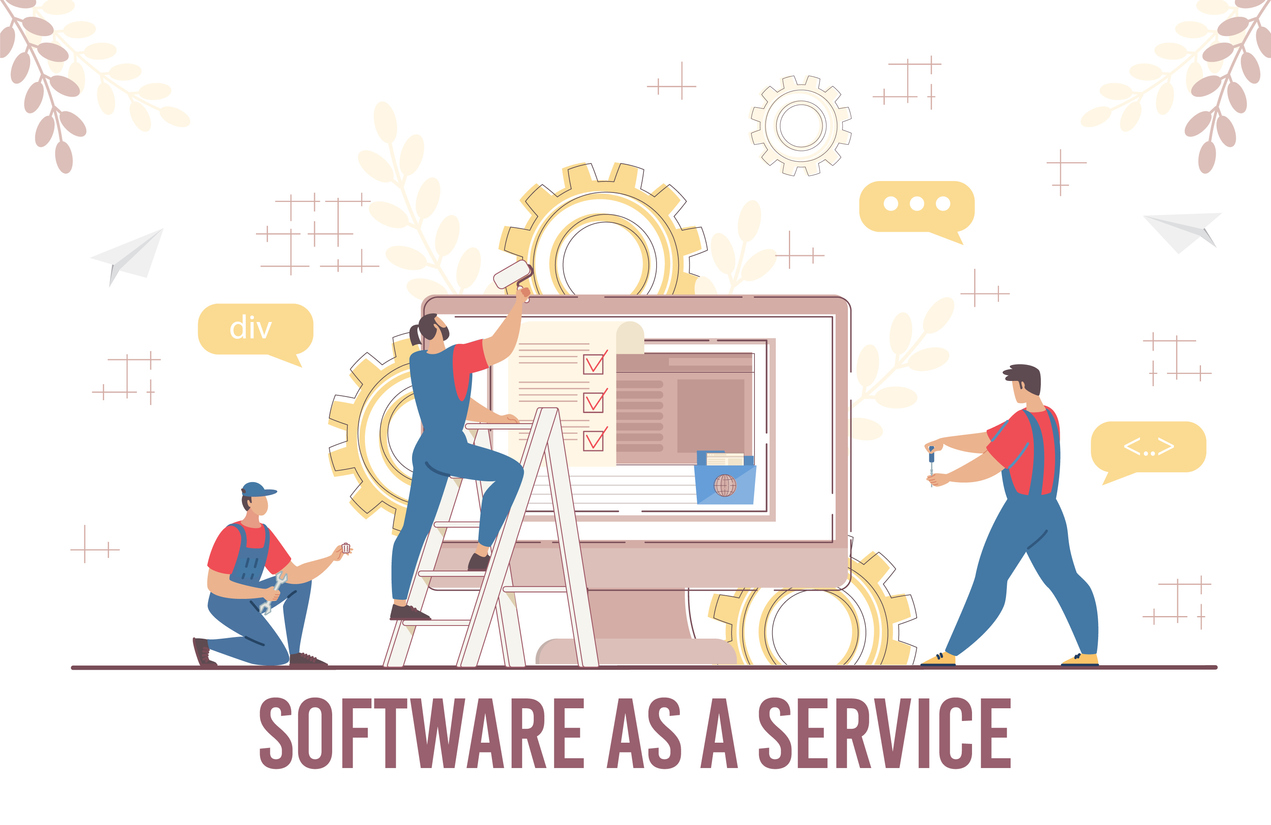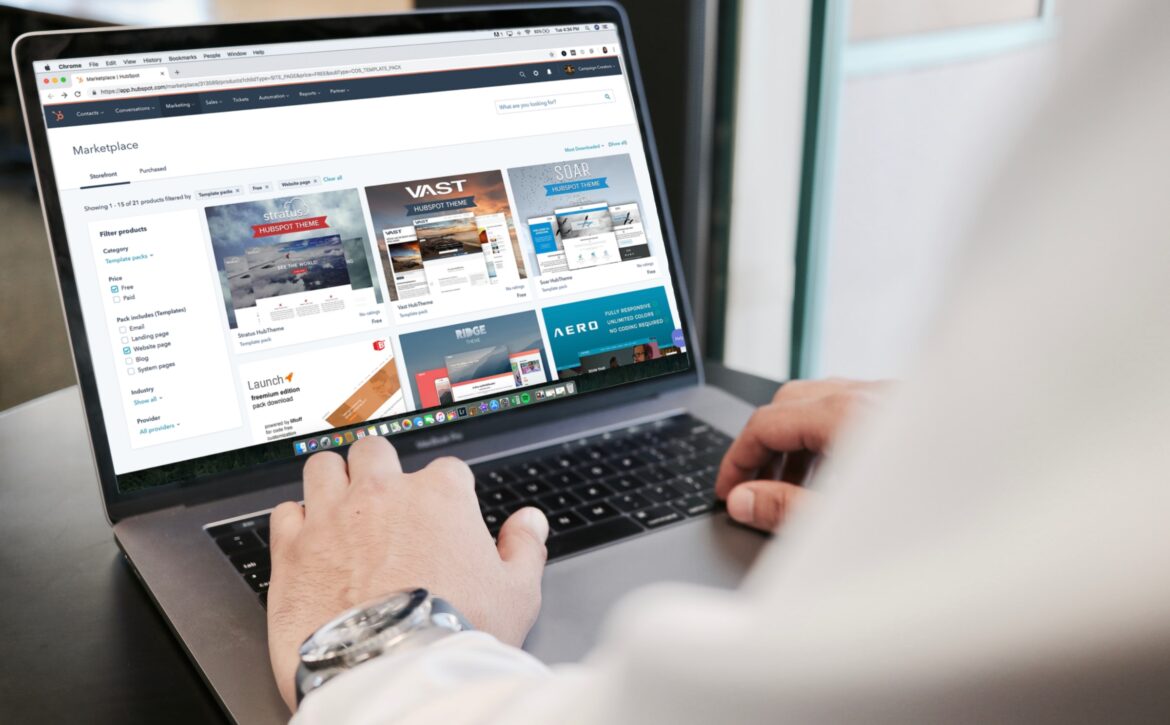Offshore Versus Nearshore Versus Onshore
Offshore, Nearshore or Onshore
Software development has expanded to a global scale in today’s interconnected society. The question of whether to outsource or in-house build software faces businesses everywhere. Outsourcing can be done in a few different ways, the most common of which are offshore, nearshore, and onshore. The various models come with their own set of pros and downsides. In this article, we’ll compare and contrast these two models and look at some of the critical criteria to remember when selecting which is right for your company.
Why use Nearshore?
Example:
A company based in the United States may choose to nearshore its software development to Mexico or Brazil. Nearshore outsourcing offers benefits like similar time zones, cultural alignment, easier communication, and potentially cost-effective solutions.
What is Onshore?
Definitions:
A US-based company choosing to hire a software development agency or team within the United States for their projects would be an example of onshore outsourcing. Onshore outsourcing offers advantages such as closer collaboration, reduced language barriers, and greater control over the development process. However, it may come with higher labor costs compared to some offshore or nearshore options.

Offshore Development
When software development is outsourced, it’s called “offshore development,” it typically occurs on a different continent and in a different country. The key driver for outsourcing development is the opportunity to save money and find talent. Companies can save money on development because of the lower labor costs of offshore teams in emerging and developing countries which are often based in countries like India, Vietnam, the Philippines, and Pakistan. Offshore development is an option, but there are other considerations.
Benefits of Offshoring Teams
Time Zone Differences
The time zone difference is a significant obstacle to offshore development. The time difference may be several hours or half day, depending on the location of the offshore team. Due to this, it may be difficult for the onshore and offshore teams to communicate and work together effectively in the same active working times. For teams to work together efficiently, project managers must set up reliable methods of contact and schedule overlap in their schedules.
Cultural and Language Barriers
Language and cultural obstacles may arise as a result of offshore development. Collaboration can be difficult by cultural, linguistic, and organizational differences in the workplace. Miscommunication slows progress, and misunderstood communications can all result from a lack of ordinary language. These difficulties can be minimized by establishing reliable lines of communication, producing transparent records, and encouraging cross-cultural understanding.
Quality Control and Security
When using an offshore development strategy, it can be more difficult to guarantee quality control and data protection. Threatening factors include divergent quality standards, intellectual property issues, and regulatory frameworks. When looking for a partner to work with in another country, businesses must take precautions to ensure the highest quality and security.
Challenges of Offshore Development
Communication and Time Zone Differences
Due to time zone differences and possible language problems, coordinating with an offshore workforce might take a lot of work.
Cultural Differences
A learning curve may involve working with a team from various cultural backgrounds.
Security and Intellectual Property Concerns
Data security and intellectual property protection are two issues that may be impacted by outsourcing development.

Onshore Development
Onshore development refers to keeping software development or IT services within the same country as the client company. It involves hiring a local team or working with a service provider in the same country or region as the client organization. In onshore development, the client and the service provider share the exact geographic location, often operating within the same time zone and cultural context.
Benefits of Onshoring Development
Enhanced Collaboration and Communication
Onshore development encourages in-person teamwork, which can be helpful for high-stakes endeavors. The close quarters promote open communication, rapid problem-solving, and speedy decision-making. Eliminating time zone barriers and facilitating real-time communication made possible by overlapping working hours leads to increased collaboration and production.
Cultural Alignment and Regulatory Compliance
An onshore development strategy can guarantee cultural fit and compliance with local regulations. Developers have a solid grounding in regional trade customs, which helps them empathize with customers and anticipate their problems. A company’s ability to manage data security, IP protection, and legal and regulatory compliance can all improve.
Quality Assurance and Customer Satisfaction
The quality assurance for onshore projects is usually higher. There are local quality criteria that development teams must meet, and they also follow standard practices. Improved customer satisfaction and the possibility of successfully executing the project result from the capacity to hold frequent in-person meetings, provide fast feedback, and assure continuous stakeholder involvement.
Challenges of Onshoring Development
Higher Costs
Higher labor and operating costs make onshore projects more expensive than offshore and nearshore alternatives.
Talent Availability
In some areas, finding people with particular talents may be challenging since the demand is very high for tech skills.
Scalability
A lower skill pool may make scaling up onshore development more complex than with offshore or nearshore choices.

Nearshore Development
Nearshore development refers to outsourcing software development or IT services to a company in a nearby country or region. In nearshore development, the client company and the service provider are geographically close, often sharing similar time zones and cultural backgrounds.
Overall, nearshore development balances cost-effectiveness and proximity, offering advantages for companies seeking to outsource their software development or IT services while maintaining close collaboration and minimizing potential challenges associated with offshore outsourcing.
Proximity and Time Zone Alignment
Nearshore development is advantageous because of its proximity to, and similar time zone, that of the client. This allows instantaneous participation, fewer misunderstandings, and quicker adaptation to shifting project parameters. The nearshore model frequently allows in-person interactions, bringing the client and development team closer.
Cultural Affinity and Language Proficiency
Nearshore development teams frequently operate out of nations with more cultural and linguistic familiarity. This makes conveying ideas, learning about the bigger picture, and matching customer expectations easier. When members of a team share comparable cultural backgrounds, they are more likely to work together well.
Cost Efficiency and Talent Availability
Nearshore development won’t save as much money as offshore models, but it can still be better than onshore. The nearshore strategy often combines low costs with a ready supply of highly qualified programmers. A company can ensure high-quality outputs within a reasonable budget by balancing cost efficiency and talent availability.
Challenges of Nearshoring Development
Cost Variations
Although nearshore development is typically less expensive than onshore development, costs may be more significant.
The Complexity of the Project
Nearshore development may be the best choice for large projects that require continuous collaboration, whereas offshore models may be more appropriate for shorter projects or fixed prices scopes.
Cost Constraints
Offshore or nearshore development may be preferable if minimizing expenses is a primary objective.
4.
Time Sensitivity
A nearshore or onshore model is recommended for time-sensitive projects due to the improved real-time collaboration it provides.
5.
Cultural Affinity
Nearshore or onshore development may be preferable if cultural compatibility and ease of communication are top priorities.
Conclusion
Project-specific needs, financial or budget constraints, and organizational or cultural priorities are all important considerations when deciding whether offshore, nearshore, or onshore software development is the best approach. Evaluating these models in light of your unique requirements can aid in making a well-informed choice and laying the groundwork for fruitful software development efforts. Hybrid models, which include offshore, nearshore, and onshore development elements, are also popular among enterprises.
We suggest you compare providers, meet their talent candidates and their specific proposal and approach to your company, and evaluate the best provider based on a unique scorecard based on your project specifics. Watch for long-term commitment and consider their culture.
We are committed to providing our clients with the highest service and support at Towa Software. We recognize that every project is unique and work closely with our clients to develop agile contracts tailored to their specific needs and requirements. With our focus on engineering, collaboration, communication, and transparency, we can help our clients achieve their software development goals.












